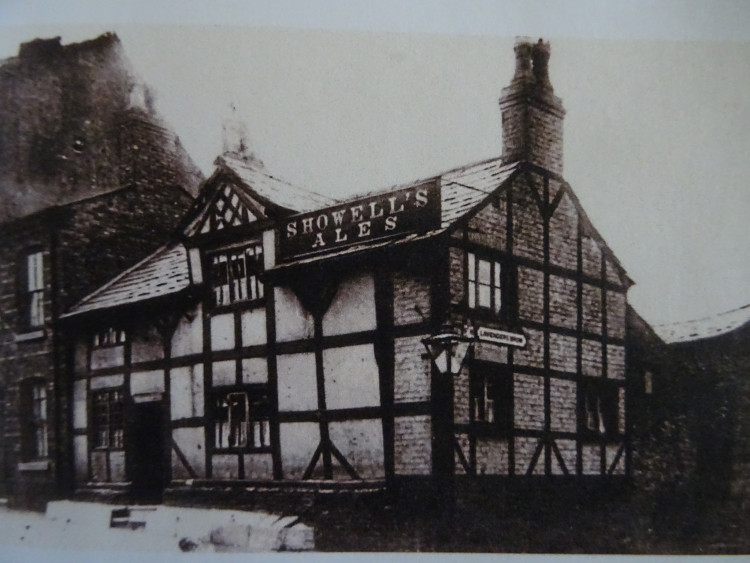Local History Feature - The history of Stockport Infirmary
By Nub News guest writer 10th Jul 2023
By Nub News guest writer 10th Jul 2023

The Stockport Heritage Trust have very kindly produced this local history feature for readers. Stay tuned for more!
By Maureen Fahey
Doctor James Briscall came to Stockport around 1774, a time when the only health care available to the needy was that provided by way of the system of local poor relief.
The good doctor rented a room in an inn called the Thatched House on Churchgate and established a dispensary there, providing, at his own expense, medical treatment to those who were unable to pay for it. Dr Briscall later moved to a cottage at Grapes Steps on Hillgate and then, in 1792, to Millgate.
In 1797, the Dispensary was taken over by a group of mill-owners and other local benefactors, including Peter Marsland - who later built Woodbank Hall - and new premises were built at Carr Green, now named Daw Bank.

Peter Marsland almost solely financed the addition of a 'House of Recovery' nearby; comprising nine wards, this additional facility provided treatment for those suffering from the then prevalent highly infectious diseases such as typhus, scarlet fever & smallpox.
By 1831, the Dispensary & House of Recovery had dealt with some two thousand patients. Surgical facilities were minimal and the work that had begun in the 1820s to address this had been deferred for the construction of Wellington Bridge.
It had however become clear that rather than providing surgical wards at the Carr Green building, it would be better to provide a new surgical and medical facility that could cope more easily with the increasing demand. For this purpose, Lady Vernon donated a piece of land on Wellington Road South, opposite the National School that occupied the site of the present-day town hall until 1902, and the foundation stone was laid in June 1832.
That same month, a couple en route from Manchester to Birmingham stayed overnight at a mean lodging house in Adlington Square. The woman was found to be suffering from cholera and was taken to the House of Recovery, where she subsequently died. The disease spread throughout the town and a cholera house was very quickly erected at Carr Green to treat those infected during the outbreak.

In the meantime, work on the construction of the new infirmary continued, the total cost of £5,300 being met by public subscription, on the principle that, 'Man to man must bring relief'. It was completed in 1833.
New wings were built in 1870 and 1898, and the later addition of a separate nurses' home created space in the main building for the accommodation of casualties of the Great War.
Stockport Infirmary came under the jurisdiction of the National Health Service upon its formation in 1948 and continued to develop thereafter, but in the 1990s, the decision was made to close it. In 1996, the Infirmary's services were transferred to Stepping Hill Hospital, a former Poor Law Hospital built on farmland south of Stockport in 1905.
Dr Briscall's innate goodness & philanthropy had proved that by establishing a dispensary in a humble room in an ancient inn on Churchgate, the proverbial great oak could indeed grow from a little acorn.
~
Those interested in learning more about Stockport's heritage can visit the heritage centre Tuesday 11am – 2pm and Saturday 10.30 – 2pm. The centre is situated inside St. Mary's Parish Church, Market Place, on the left hand side past the cafe.
The heritage trust also opens the former courthouse and dungeon to the public on the second Saturday of every month, from 10.30am until 3.30pm, or when the last visitor leaves.
The trust's website can be found HERE
~
Free from clickbait, pop-up ads and unwanted surveys, Stockport Nub News is a quality online newspaper for our town.
To get our top stories in your inbox each week, subscribe to our free weekly newsletter HERE.
Please consider following Stockport Nub News on Facebook or Twitter
CHECK OUT OUR Jobs Section HERE!
stockport vacancies updated hourly!
Click here to see more: stockport jobs
Share:






















